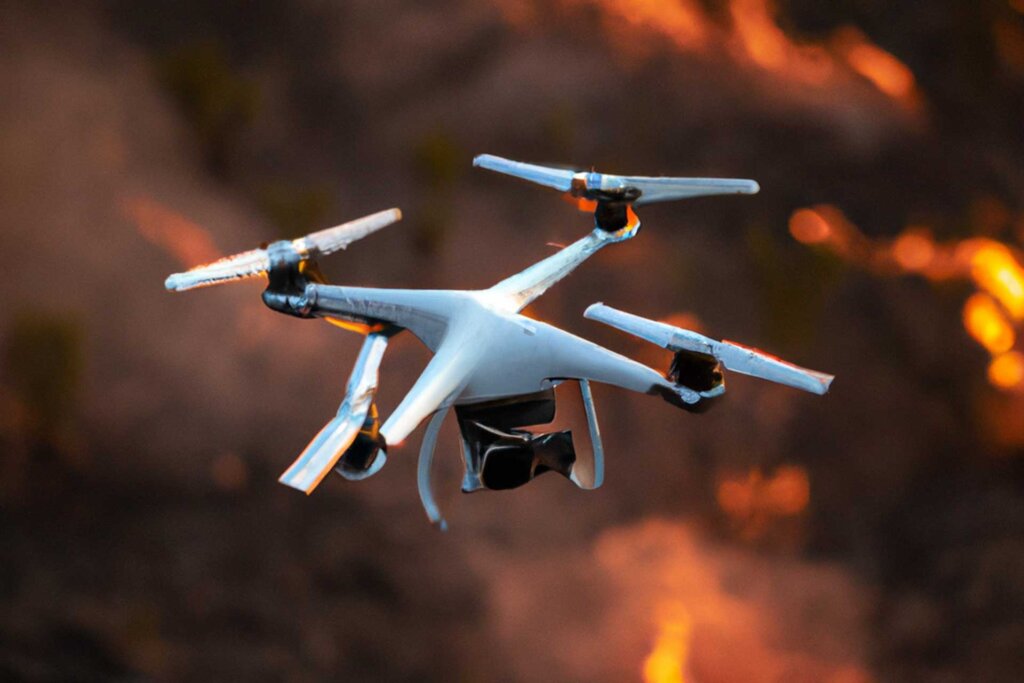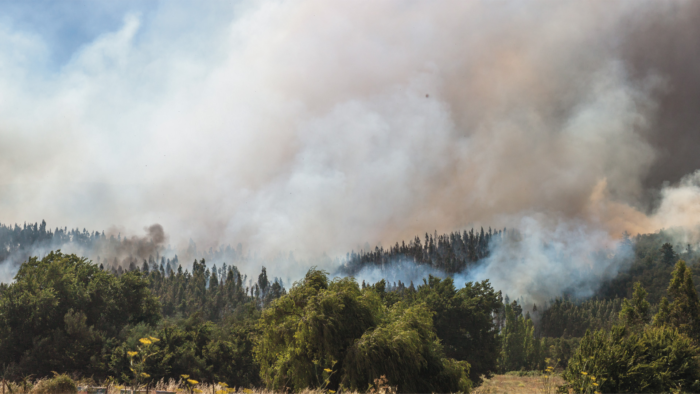The effects of global warming are no longer just theoretical. We can see them in fire-prone areas in different parts of the world, where fire seasons are becoming more intense and devastating each year. Not only that but wildfires are now also occurring more frequently in places where they were previously rare.
Even a quick look at data available on statista.com shows the scale of the problem. The devastating bushfires of 2019 and 2020 burned over 13 million hectares of land in Australia, destroying homes and killing over 1.5 billion animals. In 2021, over 130,000 hectares of land were destroyed by fires in Greece. In the same year, there were more than 9,000 wildfires in California alone. Furthermore, a UN-backed report published in 2022 predicts an increase in wildfire frequency by up to 14% by 2030 and even up to 50% by the end of the 21st century.
In response to the growing threat of wildfires, fire agencies and experts are increasingly turning to new technologies. Nowadays, wildfire operations often combine traditional firefighting methods with new solutions, such as sensitive optical sensors and wildfire drones to combat wildland fires more effectively. Another new technology with great potential for firefighting is artificial intelligence. In this article, we’ll take a look at how AI-based systems are changing the way wildfires are detected and reported.
Table of Contents
ToggleWhat Are the Biggest Challenges in Wildfire Management?
Even though each fire season brings its own challenges, the main ones remain the same: early detection, quick response, and containing fires before they go wild. With climate change leading to more frequent and intense fires, increasing the efficiency of the management of fire detection and fire fighting systems is more important than ever before. One more issue apart from speed and accuracy that has to be taken into account when choosing and implementing such systems is the ability to adapt to changing conditions. Due to climate change, we can no longer expect local conditions to remain the same and introduce new solutions based solely on data from previous years. While in the past, most wildland fires occurred during a period known as fire season, over the years, fire seasons have started to extend to the point where many experts now believe that such distinctions are no longer viable as fires occur all year round. As a result, constant year-round monitoring is needed, often even in areas where wildland fires used to be considered rare. This leads to two problems. Remote areas and previously low-risk areas may not have the necessary infrastructure, e.g. fire towers, in place, and it may be difficult to find enough staff or volunteers to keep a continuous watch. Automatic smoke and fire detection systems, such as the SmokeD system, use AI and machine learning algorithms to provide solutions that are not just for now but can learn and evolve over time to ensure constant and effective protection against fires. Their use enables 24/7 monitoring of your chosen area with automatic alerts in case of emergency and easy access to collected data.How AI-based Fire Detection Systems Can Help Fight Wildfires
- Early wildfire detection: Sophisticated fire recognition algorithms constantly check images provided by sensors and drones connected to the wildfire detection systems for any signs of emerging fire hazards. They automatically compare the latest images with previous footage in the database to detect any changes and assess whether they pose a threat. This makes it possible to identify even the first signs of smoke and fire.
- 24/7 monitoring of the area: Smoke and fire detection systems are designed to detect fires in different conditions. And while the exact speed of detection can vary depending on weather and visibility, once installed, the detectors monitor the area continuously, day and night. AI does not need breaks or rest and is an excellent tool that can help reduce the risk of human error due to fatigue and distraction.
- Constantly improving detection accuracy and speed: The combination of AI and machine learning algorithms enables detection systems to get better with time. Each image and incident provides new data for future reference, meaning that the system learns to spot and identify different signs of fires in various conditions and types of terrain. As a result, detections can become more accurate and quicker.
- Constant access to up-to-date data: Although our algorithms are responsible for analyzing all the images collected by detectors and drones, users can review them themselves and verify the data provided by the system at any time. It’s possible thanks to our SmokeD web and mobile apps.
- Quick and automatic alerts: In case of wildfires, time is of the essence. The faster the response, the greater the chance of successfully containing the fire before it spreads and evacuating people from the area in time. This is another area where automated AI-based solutions can help; when the first signs of fire are detected, the system can automatically send out alerts so that the necessary steps can be taken as soon as possible.
- Effective solutions for remote and difficult-to-reach areas: While wildfire detection systems based on human observations are very effective, funding and staffing problems often make it difficult to build and maintain fire watch towers, especially in remote and hard-to-reach areas. By installing fire and smoke detectors or flying a drone over such locations, it’s possible to provide effective monitoring and protection against the threat of wildfires even from a distance.
- Precise identification of the fire location: Algorithms can recognize the signs of fire and pinpoint their exact location. This information is very valuable for dispatchers and first responders. Knowing the coordinates, the fire crew can go directly to the location of the fire.



